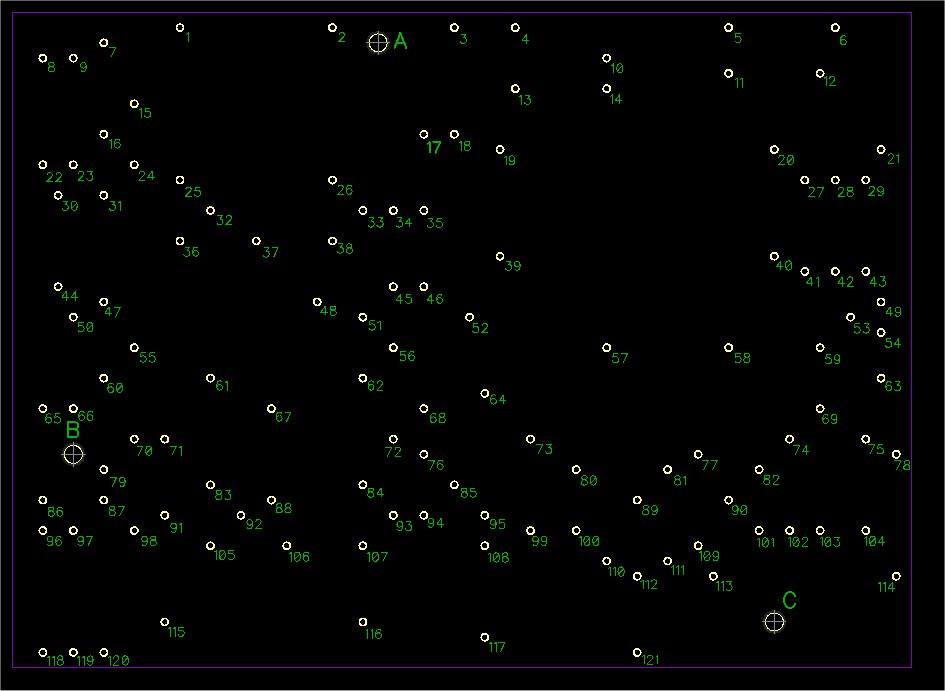
In the first part of this nail-biting adventure, I explained the origins of this oscilloscope and that after some basic investigations and repairs it was now sort of working.
Now many of us are used to repairing a piece of equipment with limited or no documentation, but the more complex the equipment is, the harder and less likely you are to succeed without at least a circuit diagram.
There is one other concern I should mention at this stage. Typically when I service a piece of equipment I know that at some point it was working. This means that the design is probably fine and it’s a fault caused by one or more component failures for some reason.
The problem with this scope is that it was a kit. A kit sold too, and assembled by complete novices in may instances, so there is a possibility that it never worked correctly in the first place. Because of this and the rats nest wiring manner it’s constructed, a circuit diagram would be really handy about now.
Several days of searching the internet turned up basically nothing. There are quite a few references to the original valve (vacuum tube) version that I already had, but almost nothing related to the MK2 solid state one.
I eventually did find somebody on a chat site that had some documentation, but it isn’t complete and doesn’t have a circuit diagram. However, what it does have are the step by step construction notes. These contain details of where to install each component and wire, and by following these instructions it looks like the circuit board and all it’s interconnections can be recreated.

The above image is the board layout showing the Vero pin locations and the three mounting holes.
Step 1 was to draw a matrix in my favourite PCB design package (www.DipTrace.com) , and place all the pins in the correct location. I set the grid to 2.54mm which is the same pitch as the matrix board.

Step 2 was to go through every construction step and place the components and interconnect wires in the right location. Because this is a PCB package it wants to draw interconnects as PCB traces, which means that I could, in theory, turn this matrix board into a PCB at some point if I wanted. Anyway, this is what I ended up with.

From what I can see from the documentation and my final result, every component and interconnect wire is accounted for, so this “should” be a completed layout. In theory.
The next challenge is to turn this into a schematic because as it is, it’s almost impossible to follow.
What I did do was gather all the PDF documents from the site, fix the page orientation and put them back into what looks like the correct page sequence and make a new master PDF document.
After reviewing the documentation I realised that nowhere did they mention the type of CRT that was in use. I dismantled the scope removing the tube and the EMI protection shielding only to find there are no meaningful markings on the tube. For me this wasn’t a problem as my CRT seems to work ok… I think, but for completeness I wanted to know it’s model number and specifications.
I stumbled across a Philips catalogue on-line that lists all the tubes they did back in the day. They of course included a picture of the tube and it’s measurements, and Interestingly they also included a closeup picture of the gun assembly in the next of the tube. Using the specifications, measurements and picture of the gun assembly I managed to identify the tube or at least one that looks to be an excellent match. It seems to be a DG7-31
I’ve now started work on the schematic but it’s slow going. It’s bad enough translating the PCB layout but I’ve also got to identify and trace all the wiring to and from the controls and tube and there’s no obvious colour coding in use. It’s going to take a while.
If anybody has any information on this scope and specifically a circuit diagram, I would be extremely grateful if you’d let me know.
More soon…

Leave a Reply